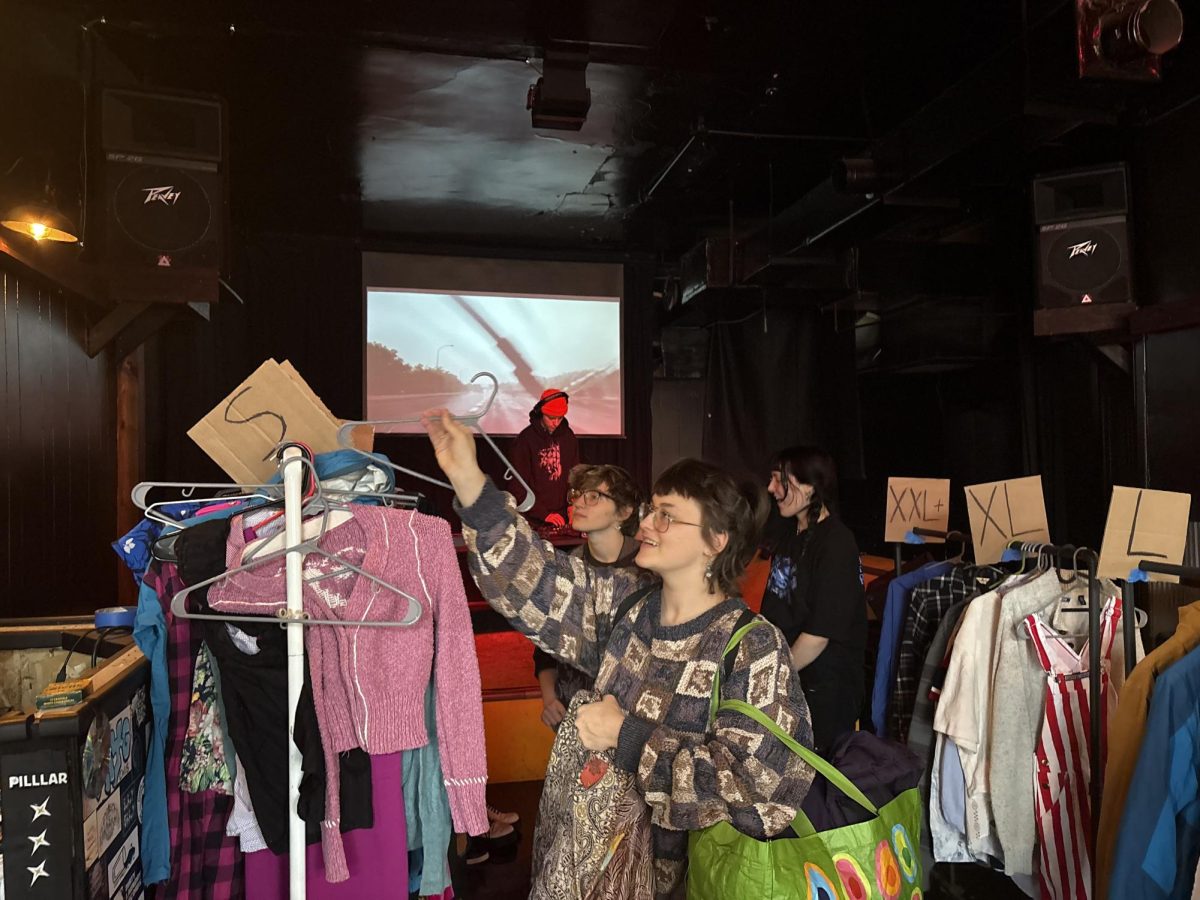Steve Martin once remarked that the challenge for artists today is to do something genuine and sincere without being corny. In a cynical world that is terrifically difficult, and Steve ought to know. He is best known as a comic – stand-up and big screen – but he also is a serious actor and acclaimed author of plays and literature. The line that appears between comedy and drama, light and heavy, silly and serious is already unfortunate, because in comedy we often find the most subtle social critique, but also because we often give less status to the comic. That is truly sad, and it obscures some incredibly great work from the acclaim it should get.
They Might Be Giants write songs that are often described as silly, funny, quirky or cute. They actually write songs that are musically brilliant, lyrically complex and often very dark. Their ingenious marriage of wit, social commentary, pop-hookery and wildly original aesthetics in videos and album art have made the band heroes to a legion of fans that has swelled over the band’s 20-year career.
Now “Gigantic: A Tale of Two Johns” gives fans and cherries a look into a band that has occupied the vanguard of rock for two decades despite the vicissitudes of fame and fickleness of the music industry. The film is more than a history of the band. It is a look into how imagination and originality are often rewarded, often ignored, sometimes ridiculed and always rare – especially in the stodgy, cash-clogged creativity void that is the music industry.
They Might Be Giants started off like many bands, as children. The difference between them and so many of their fellow musicians is that the Johns, Linnell and Flansburg, never traded in that hallmark of youth, their imagination. Moving from Massachusetts to New York City in the early 1980s, the boys began performing their strange and wonderful music at clubs throughout the city, coming to be most widely known in that perennial den of the new, the East Village. As word spread of the odd stage antics and unique sound, people began taking notice.
All of this took place around the time when a new surge in underground music began receiving a wider response than had been thought possible without major label support. It was the rise of college radio and the College Music Journal as a real force in popularizing independent and different new bands. This era would see bands such as R.E.M., the Pixies, the Sugarcubes and hundreds of others ride the first big wave of college radio all the way to the newest outlet for music at the time: MTV and the music video.
They Might Be Giants dove headlong into the explosive creativity of the time, exploiting the music video as a new and undefined space for expression, not the five-minute commercials videos have become. They also released albums of fantastic music that drew on atypical sources of inspiration for the lyrics and used unusual sounds and inventive arrangements. They built a fan base composed of people who, prior to finding the band, had searched for something that celebrated being different over conformity. They said it was OK to be smart, didn’t suggest that having a cool car or sleeping with supermodels was the be-all-end-all of existence and gave fans an image to identify with that was less shallow, derivative and crass than the dregs of the major label slop-trough.
This movie demonstrates that something is different – something has changed between then and now. They Might Be Giants is an outstanding example of something that seems to have been excluded even more vigorously from the music of today’s major labels. The period of the early 1980s was perhaps the last time that the majors didn’t own everything. They co-opted MTV, bought out the indies, brought the majority of media outlets under their control and chocked the life out of life. Making the United States ready for sameness and bland repetition was their goal, and it looks like they’ve been largely successful. John Flansburg comments in the movie that being America’s biggest indie band was something akin to being the tallest midget. This might be, but at least there was a difference, and bands like They Might Be Giants could find an outlet and connect to an audience in a way that seems to have been taken away from us now by the majors in their drive to control everything.
The story of They Might Be Giants is a story that compels us to consider the cost of giving up our dreams, individuality and imagination. They clung to their ideals for the good, though not always for the gain. Twenty years, millions of fans, many great records and a documentary film later, they can look back on what they’ve accomplished with a clear sense of satisfaction. If we desire the same ability, we must take back our airwaves, our spirits, our minds and our lives.
“Gigantic: A Tale of Two Johns” opens this Friday at the Oak Street Cinema.
Gabriel Shapiro welcomes comments at [email protected]







